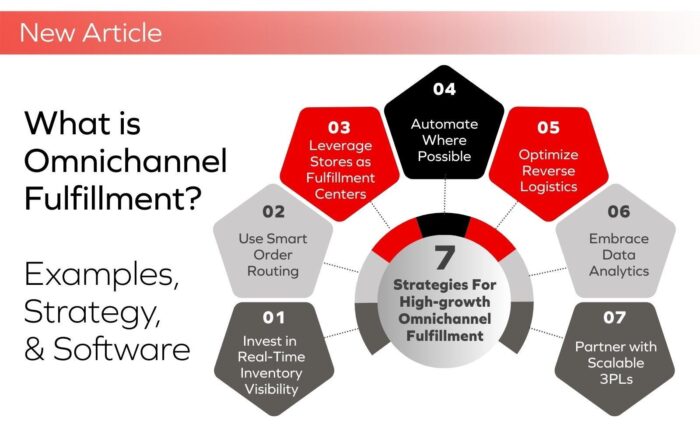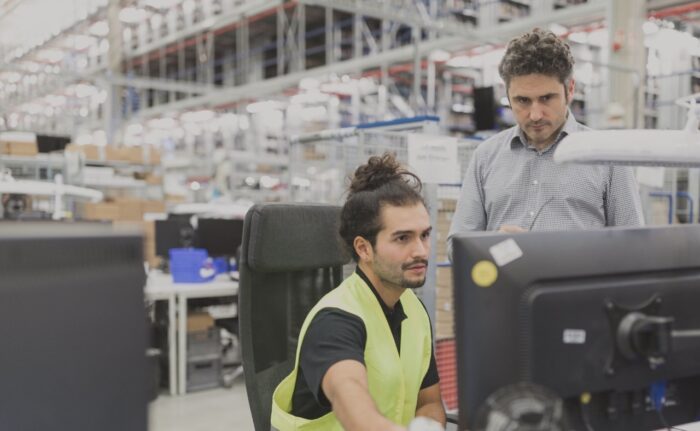
AI isn’t the future. It’s already here—and it’s making warehouses smarter by the day.
Across retail, manufacturing, and logistics, AI is transforming warehouse management—from inventory decisions and labor planning to productivity insights and demand forecasting. In this Q&A-style roundup, industry leaders share how they’re using AI to tackle today’s most pressing challenges and unlock new levels of efficiency.
Let’s dive into what’s really happening on the warehouse floor.
Q: How Are Companies Using AI in Warehouse Management Today?
Answer #1
Drew Eubank, Co-founder & EVP – Engineering and Execution, Zion Solutions Group
“For me, it’s all about order supply. Where does my inventory sit? Is it in the right location to meet customer expectations?
That’s been a major focus for our clients. While they’ve become better at predicting what they need, there’s still a human element. AI helps on the back end—analyzing data, surfacing insights, and speeding up the decision-making process.”
AI-driven insights are helping businesses rethink where inventory lives and how it flows. By pairing predictive tools with human expertise, organizations can make smarter, faster moves that directly impact fulfillment speed and customer satisfaction.
Answer #2
Steve Simmerman, VP – Global Alliances, Locus Robotics
“We’re seeing AI integrated into traditional software platforms—or even layered on top of them. With Locus bots, we’ve picked over 4 billion units, generating a massive amount of data.
We’re now applying AI and machine learning to that data lake to drive even greater optimization and productivity for our customers.”
AI is transforming data from passive reporting into active intelligence. Locus Robotics, for instance, is leveraging its scale and history to build smarter, more autonomous operations powered by real-time feedback and continuous improvement.
Answer #3
Bridget Nelson, Product Manager, Gather AI
“Companies are leveraging predictive analytics to make more informed decisions across the warehouse.
By embedding data points throughout workflows, they’re improving efficiency, cutting costs, and boosting revenue. AI-powered analytics make it possible to act with confidence—backed by insights instead of instinct.”
Whether it’s route optimization or labor allocation, AI’s role in day-to-day decisions is growing. Predictive analytics isn’t just about forecasting anymore—it’s about enabling agility across the entire warehouse.
Answer #4
Nick Banich, Chief Revenue Officer, Miebach USA
“Predictive analytics is growing in power as data becomes more central to supply chain operations. But it’s not just about saying, ‘This happened last fall, so it’ll happen again.’
True AI application means linking warehouse analytics to demand planning and supply planning—so decisions at one point in the value chain are in sync with what’s coming next. That’s how you create a connected, future-ready warehouse.”
The next evolution of AI in warehousing? End-to-end intelligence. Rather than isolated insights, leading companies are weaving AI into their planning, operations, and strategy—so every move is grounded in a broader business context.
AI in Warehouse Management: Closing Thoughts
From smarter picking to predictive planning, AI is no longer just a buzzword—it’s a competitive advantage.
Across the supply chain, companies are unlocking the power of data, automation, and machine learning to boost performance, reduce costs, and stay ahead of shifting demand. The tools are here. The results are real.
If you’re ready to explore what AI can do for your warehouse management, reach out to our experts today.


